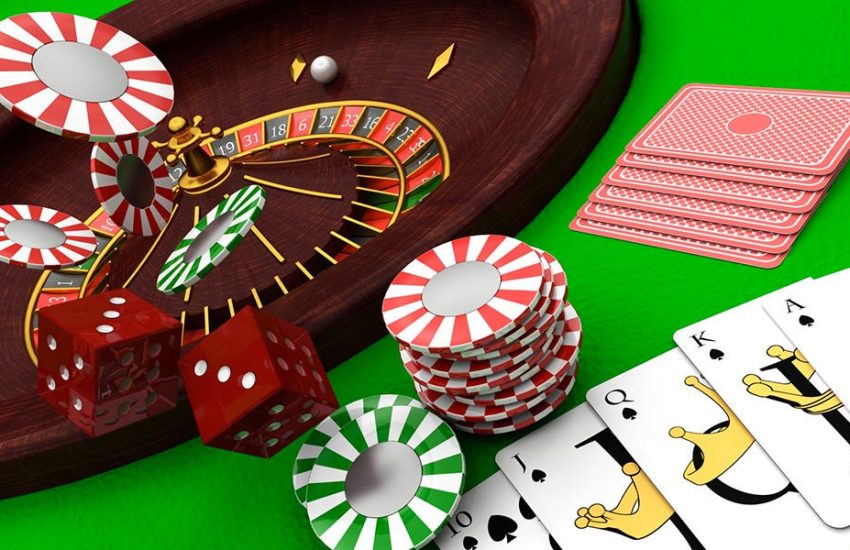The Zig Zag Process in the Online Bets
The zig-zag idea is a simple betting strategy that has been used for more than four decades. For a team that has recently suffered a loss and has to rapidly recover, the desperation that emerges from the dread of losing the next game (or the series) may be a key lift.
Therefore, the Brazino777 zig-zag hypothesis advocates betting on the team that has just recently lost, since they have a better than 50% probability of winning their next match. A “sharp” bettor will gain from the increased odds on the losing team.
The zig-zag hypothesis is a time-honored approach to handicapping that takes advantage of the series’ momentum shifting during the course of seven games. Here we’ll look at some of the moneyline and ATS numbers that have been linked to the zig-zag theory. We’ll also discuss some potential applications for its use.
From whence did the Zigzag Method originate?
The zig-zag theory was proposed by Tony Salinas, a well-known sports bettor, and says that games in a seven-game NBA or NHL series are affected by the results of the previous games. Salinas felt that the oddsmakers did not give this enough weight when setting the lines for games within a series, instead placing more importance on factors like as home field advantage.
Salinas’ original objective when he came up with the zig-zag theory was to apply it to the NBA playoffs. Soon after the NHL was established, other “sharps” realised that the same notion of betting on the loser of the previous game (and the associated momentum shift this created) could be similarly applied to the NHL. Not long after the league’s founding, this fact was uncovered.
What happens when the Zig-Zag Theory is put into writing?
The zig-zag theory’s concepts may be applied to any sequence of the form 2-2-1-1-1.
From the inception of the NBA Finals in 1982 through 2013, the teams always lined up in a 2-3-1-1-1 alignment. While the fifth game was played at the home stadium of the lower-seeded team, many fans felt this was an unfair advantage. For the last several years, the NBA Finals have maintained its classic structure of two conferences followed by a single elimination round.
How the Zig Zag Strategy Works in the NBA Playoffs
Now that you understand the underlying idea of the zig-zag theory, let’s have a look at some interesting statistical applications.
Having the advantage of playing at home is huge in the NBA. The NBA has a higher percentage of home victories (64.5% vs. 55.3%) than the NHL. When a team plays at home and wins the first game, the chances of winning the series are much higher than when playing on the road. Historically speaking, just little more than 34% of away teams which lost the first game of a series went on to win Game 2.
Data visualisations showing how crucial a home court advantage is in the NBA playoffs
Even if the home team is a heavy favourite to win Game 2, it doesn’t mean that bettors can’t find value in the matchup. No one would call 34% a small number. More than a third of the time, the majority of bets will go toward the home team, therefore betting on this outcome presents a substantial opportunity.




